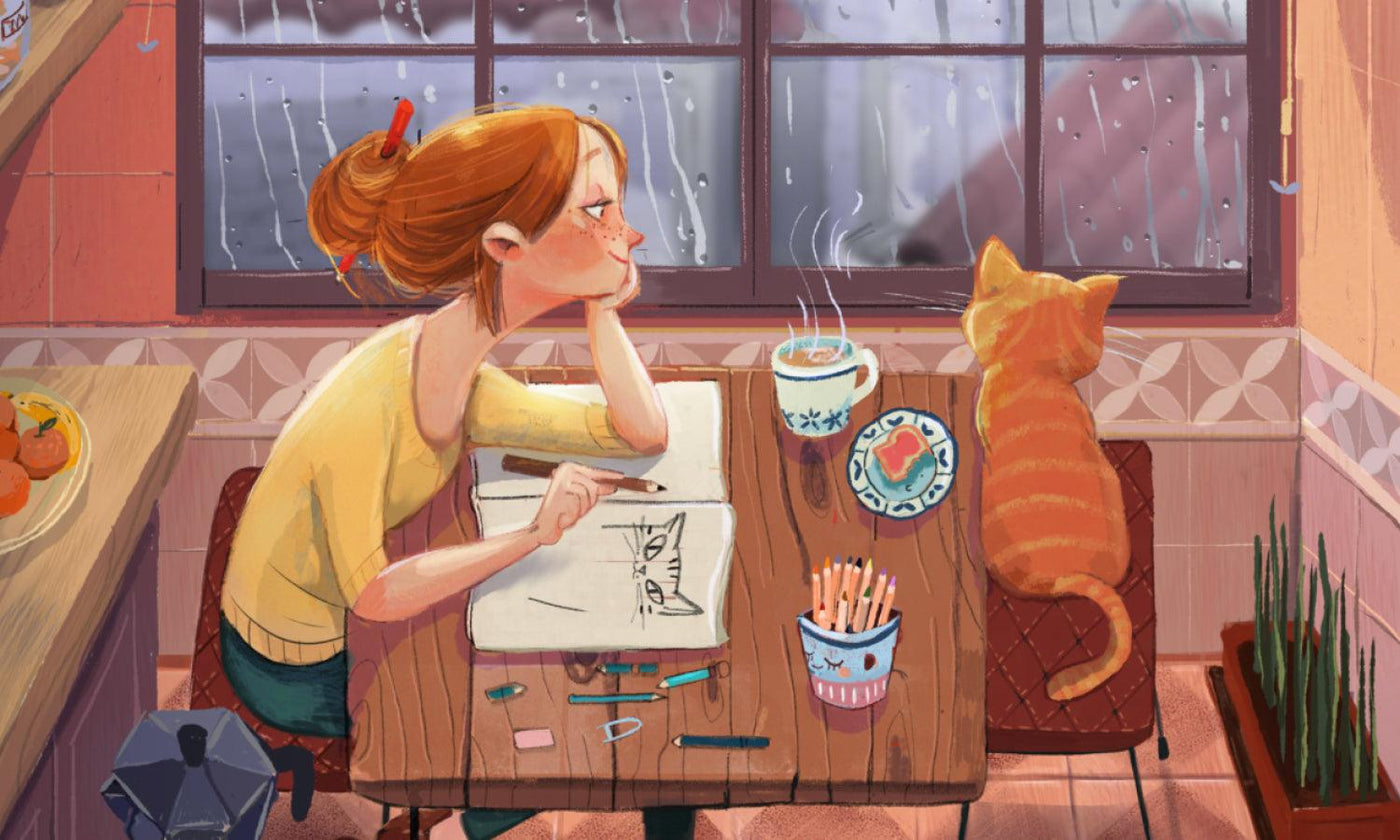Beyond Aesthetics: Why Design Art Is a Vital Tool for Storytelling and Identity
Beyond Aesthetics: Why Design Art Is a Vital Tool for Storytelling and Identity
Blog Article
The Universal Language of Design: Bridging Borders with Visual Art
In the present fast-paced, interconnected earth, style artwork plays an essential position in surrounding equally the way we connect and exactly how we knowledge the planet about us. With digital developments and the increase of world wide connection, design has changed in to a strong instrument for term, collaboration, and innovation. Whether in personalisation, advertising, or digital experiences, art art provides as a bridge that joins people, ideas, and cultures. It enables persons to tell reports, evoke emotions, and encourage change.

One of the very significant great things about style artwork inside our related world is its power to talk visually, transcending language barriers. In a global society, where conversation does occur through various platforms and products, the visual language of style has the power to achieve a diverse audience. A powerful style or graphics can present complicated ideas and thoughts without the need for words, rendering it a universal language. Through this visible storytelling, companies, organizations, and persons may successfully communicate messages and prices, ensuring their reach runs far and wide.
Also, design artwork fosters imagination, which is needed for operating innovation. In some sort of significantly pushed by technology, imagination is an invaluable advantage that enables individuals to think away from field, approach problems from different aspects, and develop revolutionary solutions. Design artwork fuels this innovative considering, forcing limits and encouraging persons to test, challenge norms, and examine new possibilities. In industries such as fashion, architecture, technology, and entertainment, the creative perspective brought alive through style artwork may result in the growth of new products, companies, and activities that change the way in which we live and interact.
Style also plays a vital role in shaping our identity and culture. As people across the world connect on line, the sharing and use of visual artwork have grown to be essential to self-expression. Design allows individuals to reflect their particular sides, prices, and passions with techniques that are creatively interesting and meaningful. For example, the decision of design components, such as shade, form, and typography, can communicate personality and tell a personal history, causing a sense of belonging in an electronic digital community. Through design, people can enjoy selection, creativity, and advancement, celebrating what makes all of us special while also uniting people in provided experiences.
Moreover, the supply of design instruments and programs in the present digital earth has managed to get easier than ever for one to examine their creativity. With user-friendly computer software and social networking programs, persons no longer need to be qualified artists or makers to generate persuasive visuals. That democratization of design empowers more individuals to be involved in the creative process, share their perform, and showcase their talents to a global audience. It fosters an even more inclusive and diverse innovative community, where everybody's voice could be noticed and appreciated.

In summary, style art plays an essential position inside our interconnected earth by improving transmission, fostering imagination, and empowering persons expressing themselves. Whether for private term, professional purposes, or national change, style assists people steer an significantly complex earth, supplying a effective medium for relationship and collaboration. As technology remains to evolve, style artwork will stay at the forefront of creativity, ensuring that imagination and visual interaction continue steadily to form the continuing future of our worldwide society.
Report this page